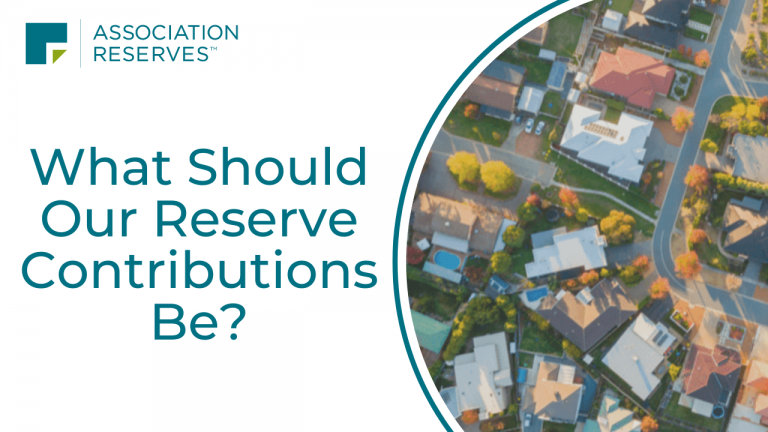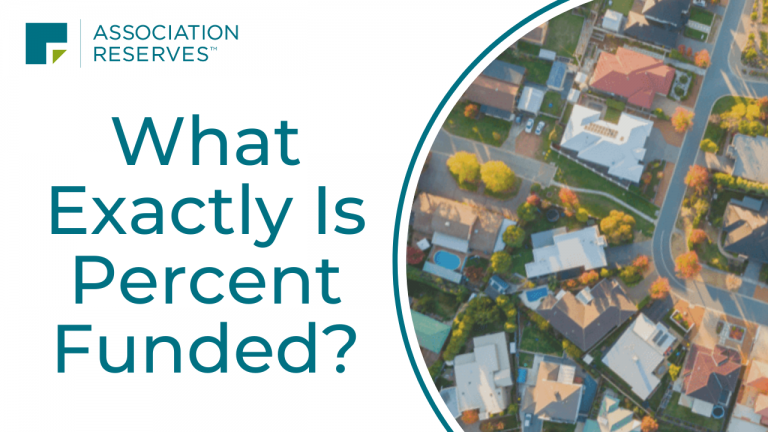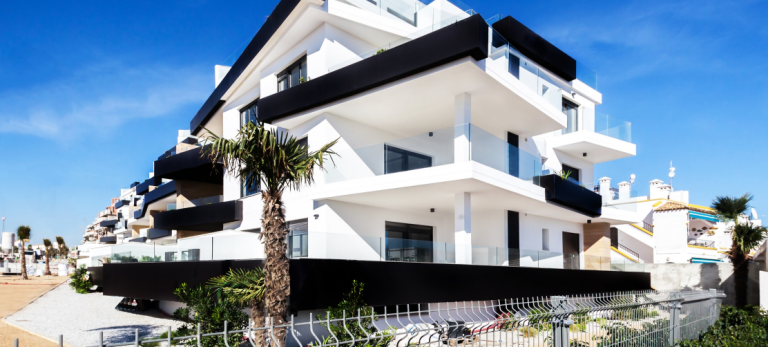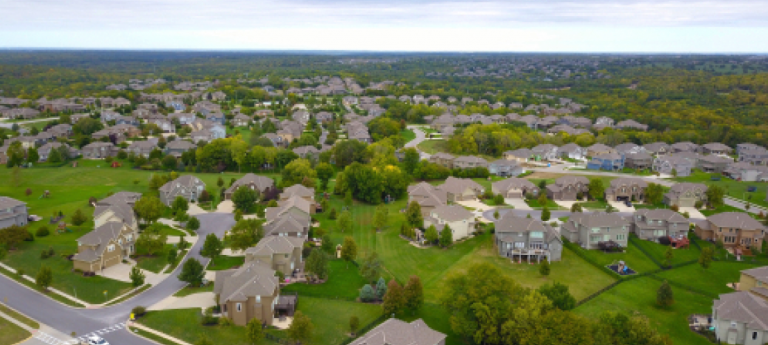Association-governed communities come in all types, shapes, and sizes. They may be known by different acronyms — Condos, Co-Ops, HOAs, POAs, or PUDs — and residents choose to live there for a variety of different reasons. One of those reasons is having affordable access to amenities related to leisure activities. This can include a pool, a fitness facility, tennis courts, playgrounds, parks, golf course, and more. And keeping these desirable community features up to date and well-maintained over the years requires a predictable amount of capital. This capital is called the Reserve Fund.






